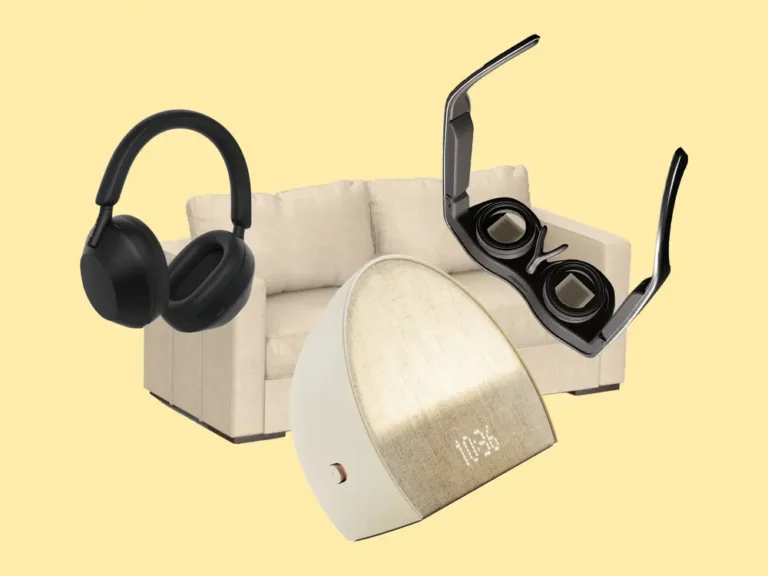I’m a virtual assistant who left my legal career because I needed more flexibility at work. Here’s how I got started and outsource to other VAs.

- Laura Leach started working as a virtual assistant because she wanted flexibility in her work hours.
- She found her niche in business growth for HR consultants and found clients on social media.
- Leach shared how she works with other VAs, sets her rates, and structures her working day.
This essay is based on a conversation with Laura Leach, a virtual assistant and content writer in Yorkshire, England. Insider has confirmed her employment and income. The following has been condensed and edited for length and clarity.
I spent 15 years working in trusts, wills, and estates at law firms.
But, when my autistic daughter started school in 2019, I needed a job that allowed me to do school drop-offs and pick-ups as well as attend various school meetings about her learning development.
My husband had a good job in human resources, so I could experiment with starting my own business.
I quit my job and enrolled in a VA course.
I took the risk and quit my job. I used to work with a virtual assistant in my legal job. I did my research and spoke with several VAs before deciding to participate in a mentorship program in September 2019, which will cost around £800.
We’d get together once a week. The mentor assisted us in developing our website and teaching us how to identify ideal clients.
I found clients via VA networks.
To expand my network, I joined numerous Facebook groups, freelancer groups, and networking groups.
I saw a post from a startup looking for a VA in Harrogate, which was where I was living at the time, in one of the groups. They desired to meet with someone face to face. We had coffee and got along great. I’m still working with them.
To begin, I did some associate work, where I worked for other VAs while looking for my own clients.
I used social media to connect with clients by responding to their posts, but I never advertised my own services. For my second client, I contacted a local law firm that was shorthanded.
I discovered my calling.
I’d always worked in customer service. Keeping that element was crucial to me. I’m also extremely well-organized.
I focused on the type of work I enjoy doing, my offering, and how I wanted to help people. I discovered that HR consultants were my specialty.
I provided business support and would do pretty much anything within that scope. I managed HR administration while also providing internal support, such as assisting businesses in streamlining their processes. This would include putting in place processes like a new CRM system or project management system.
I’d frequently become an extension of the HR consultant’s team, liaising with their clients. If the consultant was on vacation, I’d get to handle all of their client HR admin and be the point of contact for the consultant’s clients.
I am proactive in coming up with client ideas.
I truly invest in a client’s business.
I don’t just sit around waiting for clients to give me a job and then go do it. I ask them to sit down and list all of the tasks they are working on. I then ask them to prioritize tasks based on what they should do and what they can delegate. My ideal client is an HR consultant who is looking to expand their business.
As I gained confidence, I raised my rates.
The mentorship course assisted me in determining my hourly rate. I charged £25.00 per hour. When I worked as an associate for other VAs, I charged around £18 per hour.
As my confidence in my services grew, I realized I needed to charge more. I began charging £35 per hour, which is roughly $43. That is most likely the upper end of the VA scale.
I also charge different rates for different projects.
I hired VA associates to help out
In 2020, I began hiring three or four associates to assist me.
I would delegate aspects of client work that I didn’t enjoy doing or that weren’t my strong suit.
I looked for people who were organized and sensible. I now work with a great group of associates with whom I am very pleased.
It can be difficult to assess their abilities. Before hiring them, I ask them a questionnaire about what they like to do, what they don’t like to do, their skills, their experience, their capacity, and how frequently they can work.
I also make certain that they have deadlines for client tasks.
I schedule my day in order to keep track of my clients.
My retainer clients purchase monthly time blocks.
I take a look at what I have to do that week and break it down. I schedule my entire week and use Asana, a project management tool, to keep track of my client work.
I’ll only have one client profile open at a time; otherwise, all the emails will distract me.
It’s critical for me to establish boundaries with my clients. I can’t always respond right away. I’m not a typical 9-to-5 office worker.
It has changed my life.
My VA role was initially part-time, while my husband worked full-time. But he quit his job two and a half years ago to take on more caring responsibilities in our home, while I increased my hours to full-time in April 2021. My company made £80,500 in revenue last year.
I was still able to do school pickup and drop-off, as well as attend all school events and meetings regarding my daughter’s autism.
But, because I frequently collaborate with associates, I decided to work a four-day week in April and put in around 30 hours.
I can work early in the morning and then return to my office after the kids have gone to bed. That is something I am capable of.






